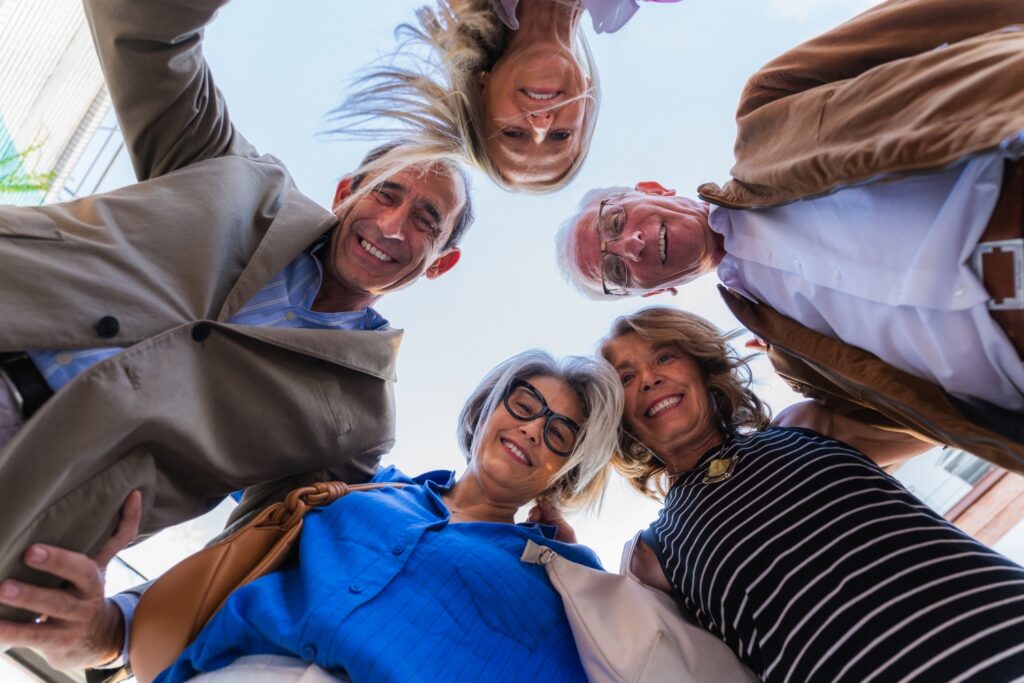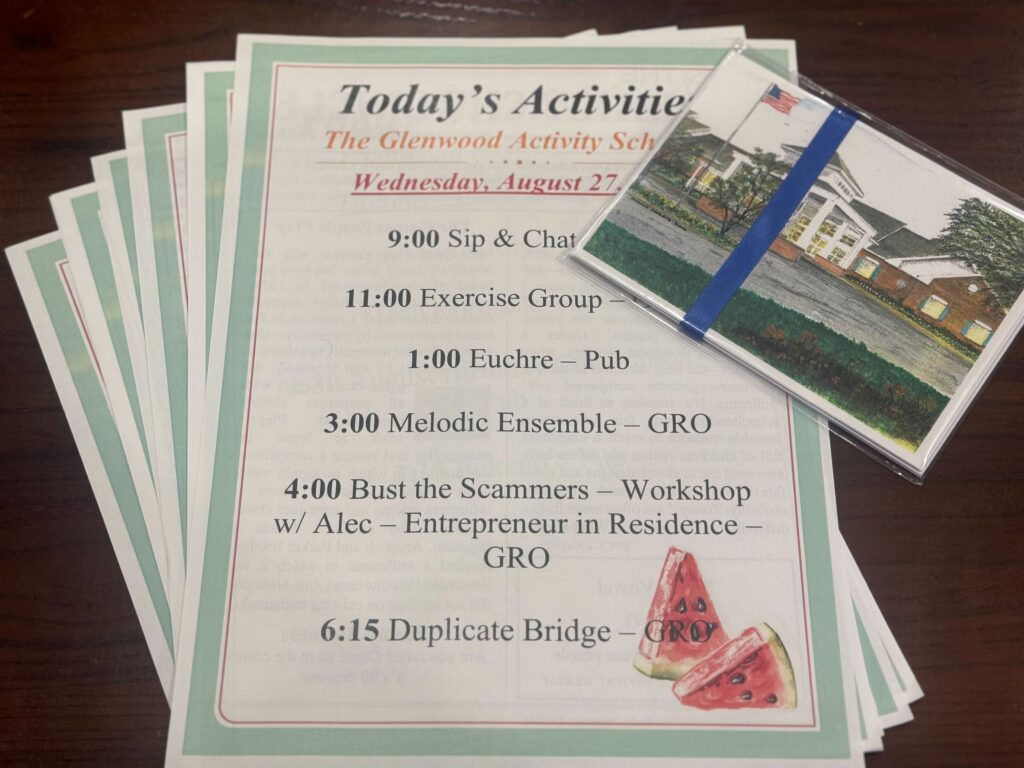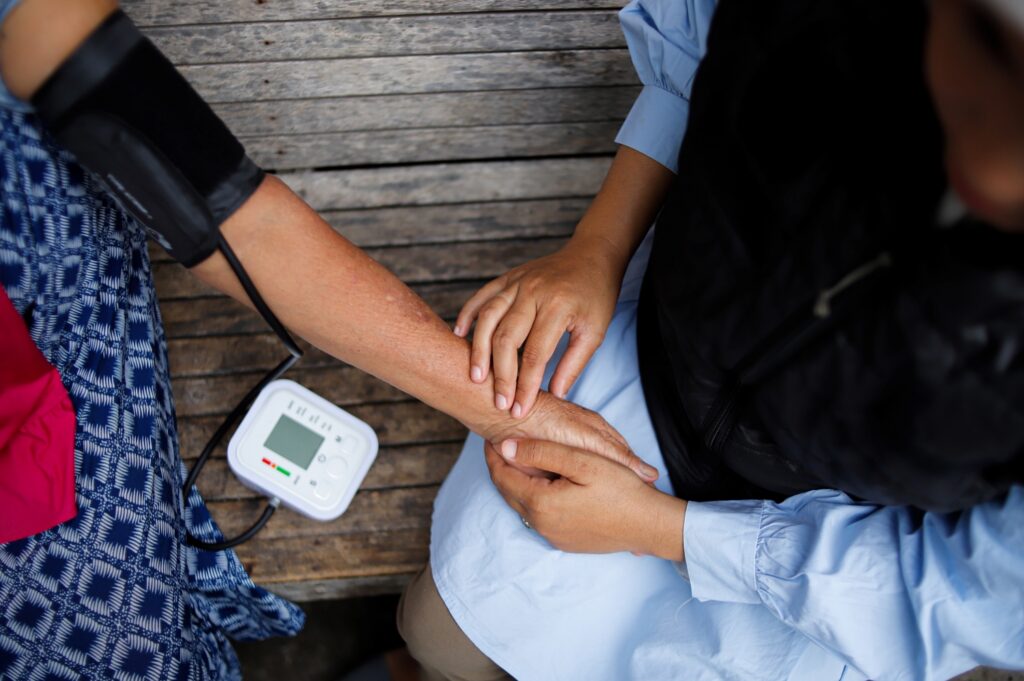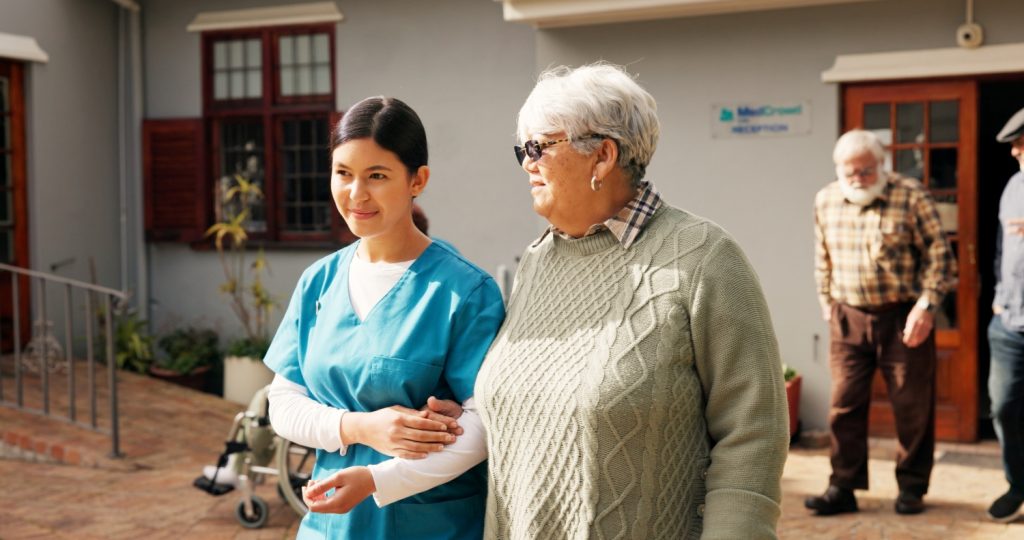The landscape of HIV/AIDS has evolved dramatically over the past few decades. Thanks to advances in antiretroviral therapy (ART), people living with HIV are now living longer, transforming what was once a terminal diagnosis into a manageable chronic condition. However, for many Latino individuals aging with HIV, the journey is fraught with unique challenges rooted in a complex interplay of biological vulnerability, cultural stigma and systemic healthcare inequities.
These individuals often contend with earlier onset and greater severity of age-related comorbidities, such as cardiovascular disease and cognitive decline, which are compounded by the long-term effects of HIV and its treatment. Simultaneously, they must navigate cultural stigmas surrounding aging and HIV in their communities—stigmas that can isolate them socially and discourage them from seeking care. Furthermore, longstanding disparities in access to affordable, culturally competent healthcare mean that many Latino elders face structural barriers that undermine consistent treatment, preventive care and psychosocial support.
This article explores the lived realities of older Latino adults aging with HIV/AIDS, with a focus on health disparities, structural barriers, and the urgent need for inclusive policy and community support.

The Intersection of HIV, Aging and Comorbidities
Aging with HIV presents a distinct set of medical and psychosocial complexities. Research has shown that individuals living with HIV experience age-related health conditions earlier and more acutely than their HIV-negative counterparts. These include:
- Cardiovascular disease: Chronic systemic inflammation and the long-term effects of ART increase vulnerability to heart disease and stroke.
- Diabetes and metabolic disorders: ART, combined with limited access to nutritious food and exercise, contributes to metabolic complications.
- Osteoporosis: People with HIV are at greater risk of bone density loss, increasing the likelihood of fractures and long-term disability.
- Cognitive decline: HIV-associated neurocognitive disorders (HAND) can impair memory, executive function and emotional regulation.
- Kidney and liver disease: Co-infections such as Hepatitis C and ART-related toxicity place added stress on vital organs.
- Mental health conditions: Depression, anxiety and substance use disorders are prevalent, often fueled by stigma, chronic illness and social disconnection.
For Latino individuals, these health concerns are compounded by broader systemic inequities, including underdiagnoses, limited culturally competent care, and the socioeconomic determinants of health.
Barriers to Healthcare in Latino Communities
Older Latino adults aging with HIV often confront profound obstacles when accessing healthcare—obstacles shaped by historical, linguistic, cultural and economic forces. These include:
- Language and cultural barriers: Limited English proficiency can hinder effective communication with healthcare providers. Moreover, a lack of culturally competent care that respects Latino values and beliefs can erode trust and lead to poorer health outcomes.
- Economic insecurity: Many older Latino adults are uninsured or underinsured, which restricts access to ART, routine screenings and specialist care. Financial strain also may interfere with treatment adherence and self-care practices.
- HIV-related stigma: Deep-rooted stigma within families, communities and religious institutions can lead to shame, secrecy and isolation, discouraging individuals from seeking timely medical attention or support.
- Mistrust in the healthcare system: Experiences of racism, xenophobia and marginalization have fostered a pervasive distrust in medical institutions—especially among undocumented individuals—resulting in delayed diagnoses and fragmented care.
- Geographic disparities: Rural and underserved urban areas where many Latino communities live often lack HIV-specialized services, mental health care, and geriatric support.
Compounding these issues is a critical lack of data on older Latino adults living with HIV. Most national health surveys and research initiatives fail to disaggregate data by age and ethnicity in ways that fully capture the experiences of this population. This absence of data limits the ability to design targeted interventions, secure funding, and inform policies. Invisibility in the research space reinforces invisibility in the healthcare system—rendering the needs of older Latino adults with HIV misunderstood, underfunded and underserved.
The Need for Community Support and Policy Change
To address the urgent and layered needs of older Latino adults with HIV, a multifaceted approach is essential—one that incorporates culturally grounded care, structural reform, and community-led advocacy. Strategies include:
- Culturally competent healthcare delivery: Training providers in cultural humility, language access, and anti-bias practices is key to building trust and improving the quality of care.
- Expansion of Medicaid, Medicare and safety-net programs: Increasing eligibility, benefits, and outreach for these services can provide crucial support for older Latinos living with HIV, especially those with limited incomes or undocumented status.
- Community-based programming: Local organizations are uniquely positioned to provide HIV education, peer support, nutrition assistance, mental health counseling, and case management tailored to Latino elders.
- Stigma reduction initiatives: Campaigns that engage faith leaders, family systems and Spanish-language media can reshape public narratives around HIV and aging, reduce internalized shame, and promote social acceptance.
Ultimately, these efforts must be informed by the lived experiences of older Latinos, who are often excluded from public health discourse despite their resilience and strength.
The Role of Family and Social Networks
In the Latino culture, family and close social networks are central to personal identity, well-being and healing. For older adults living with HIV, the support—or absence—of family can profoundly influence mental health, treatment adherence and quality of life. Educating families about HIV and the realities of aging with the virus can foster more compassionate, informed and inclusive environments.
Faith-based organizations, community elders and cultural institutions also can play pivotal roles. When engaged thoughtfully, they can serve as powerful agents of support, combating stigma and helping individuals access the care they need—both medically and spiritually.
Conclusion
Older Latino adults living with HIV occupy a space that is often rendered invisible in mainstream health conversations—despite representing a growing and resilient population. Their experiences are shaped by the intersections of chronic illness, aging, systemic marginalization and cultural identity. As they confront unique medical, social and economic challenges, it is imperative that we respond not with silence or token inclusion, but with bold, informed and sustained action.
By investing in culturally competent care, equitable policy and community engagement, we can begin to dismantle the barriers that have long excluded older Latinos with HIV from the health systems that are meant to support them. Only then can we shift from survival toward collective dignity and thriving in the later stages of life.
Luis E. Nava Molero is the director of Aging Initiatives for the Latino Commission on AIDS in New York.
Photo credit: Shutterstock/13ching13













